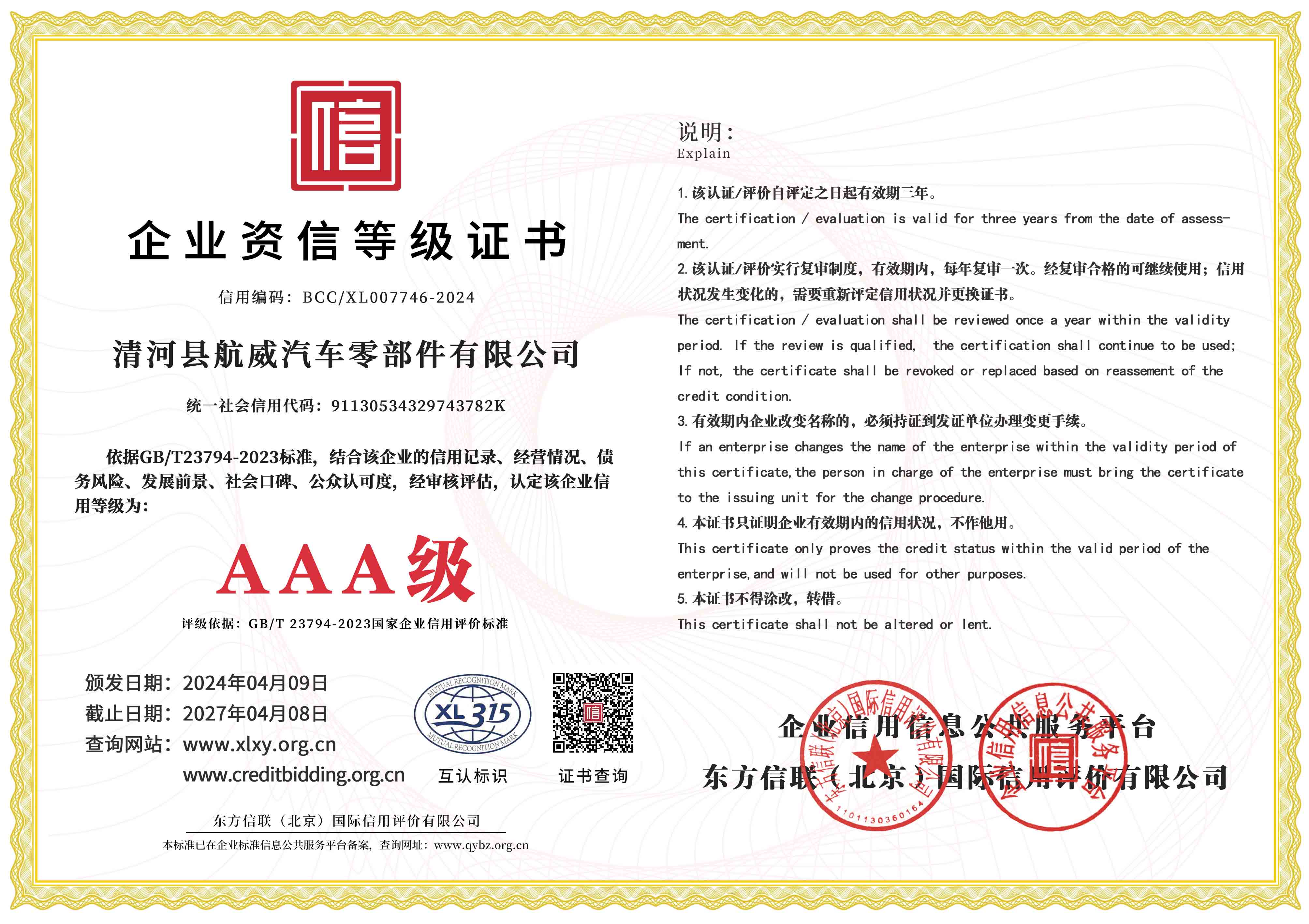Guide to Installing and Adjusting Your Wire Throttle Cable for Optimal Performance
Understanding Wire Throttle Cables Key Components for Efficient Engine Control
In the realm of automotive engineering, the throttle cable plays a pivotal role in the performance and responsiveness of an engine. Among the various types available, wire throttle cables are particularly notable for their precision and reliability. This article delves into the intricacies of wire throttle cables, their design, functionality, and importance in modern vehicles.
What is a Wire Throttle Cable?
A wire throttle cable is a type of mechanical linkage that connects the accelerator pedal to the throttle body in a vehicle. Its primary function is to control the amount of air and fuel that enters the engine, thereby regulating its power output. While modern vehicles are increasingly equipped with electronic throttle control systems, traditional wire throttle cables remain prevalent due to their simplicity and effectiveness.
Design and Composition
Wire throttle cables typically consist of a metal wire encased in a protective sheath. The wire is often made of high-strength stainless steel or other durable materials, ensuring resistance to stretching and wear over time. The sheath is designed to protect the wire from environmental factors such as moisture, dirt, and temperature fluctuations, which could otherwise affect its performance.
The end fittings of the cable are crucial for the connection to both the accelerator pedal and the throttle body. These fittings must be designed for a secure attachment, ensuring that any movement of the accelerator pedal translates precisely to the throttle's opening. Additionally, the cable often includes a spring mechanism that returns the throttle to its idle position when the pedal is released.
Functionality
wire throttle cable

When the driver presses the accelerator pedal, the wire throttle cable pulls on the throttle body, opening it and allowing more air to enter the engine. This process is integral to the engine's power output and speed control. The responsiveness of this system is vital; a well-functioning throttle cable allows for immediate engine reaction to driver inputs, enhancing the driving experience.
One of the key advantages of wire throttle cables is their mechanical simplicity. They do not require complex electronics or software systems to function, making them easier to diagnose and repair. Moreover, they have proven to be reliable over millions of miles of driving if maintained properly.
Maintenance and Common Issues
Although wire throttle cables are robust, they do require periodic maintenance. Regular inspections can identify issues such as fraying or kinking of the cable, which can lead to poor throttle response or complete failure. Lubrication of the cable can help reduce friction and prevent wear, extending its lifespan.
One common issue faced by drivers is a sticky throttle, where the cable may not return to its idle position smoothly. This can be caused by dirt accumulation, corrosion, or insufficient lubrication. In such cases, thoroughly cleaning and lubricating the cable may resolve the issue. However, if the cable is excessively worn or damaged, replacement is necessary to ensure optimal performance.
The Future of Throttle Control Systems
As technology advances, the automotive industry is witnessing a shift towards electronic throttle control systems. These systems offer improved efficiency, fuel economy, and the potential for better integration with advanced driver-assistance systems. However, the reliability and straightforwardness of wire throttle cables ensure that they will continue to be a valued option for many vehicles, especially in racing and off-road applications where simplicity and direct control are paramount.
In conclusion, wire throttle cables are a fundamental component in the performance of many vehicles. Their design, functionality, and ease of maintenance make them a popular choice for controlling engine power. As automotive technology evolves, understanding these cables remains important for enthusiasts and professionals alike, highlighting their ongoing relevance in engine management systems.
-
Upgrade Your Control with Premium Throttle CablesNewsAug.08,2025
-
Stay in Control with Premium Hand Brake CablesNewsAug.08,2025
-
Experience Unmatched Performance with Our Clutch HosesNewsAug.08,2025
-
Ensure Safety and Reliability with Premium Handbrake CablesNewsAug.08,2025
-
Enhance Your Vehicle with High-Performance Clutch LinesNewsAug.08,2025
-
Elevate Your Ride with Premium Gear CablesNewsAug.08,2025
